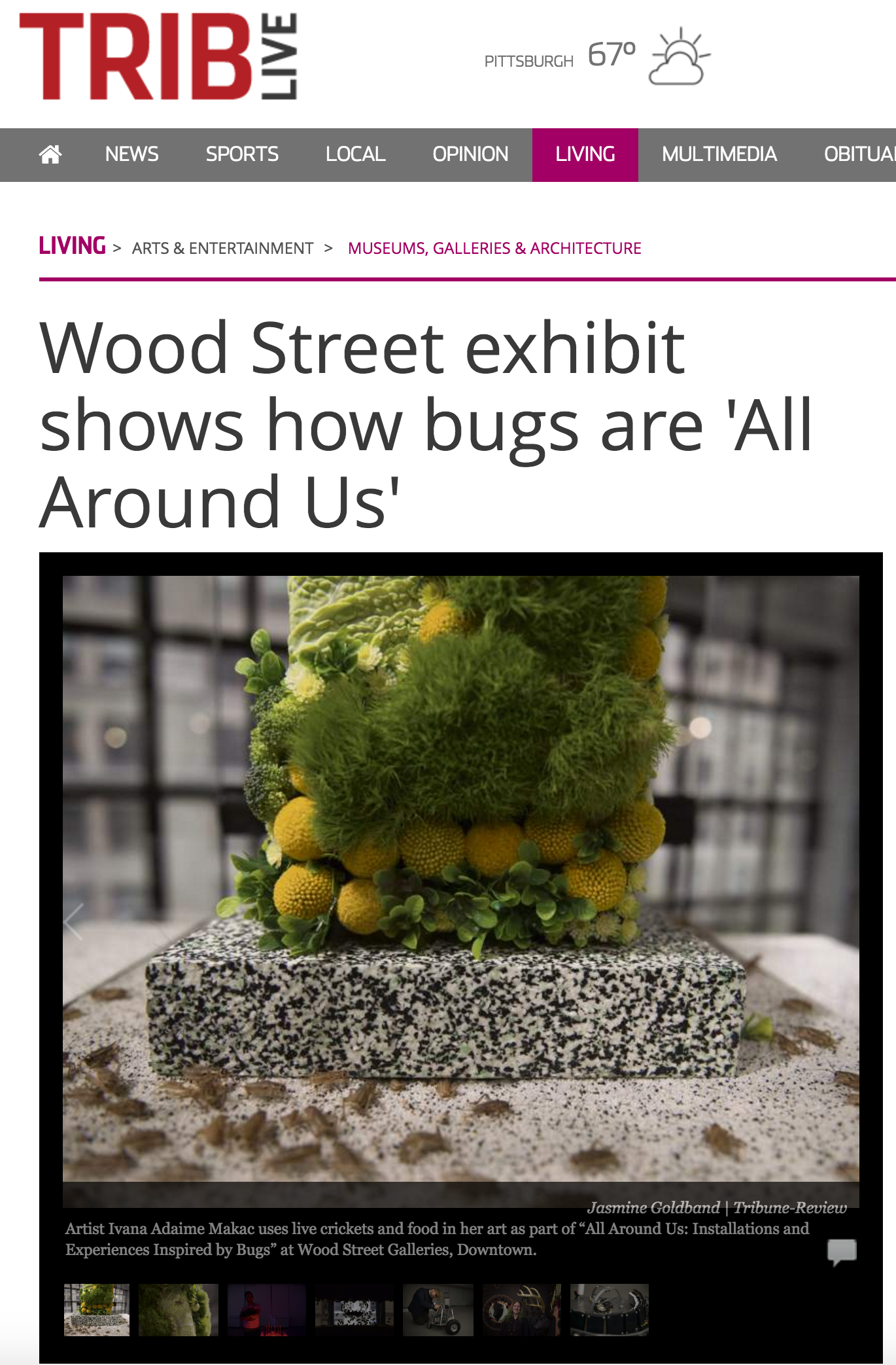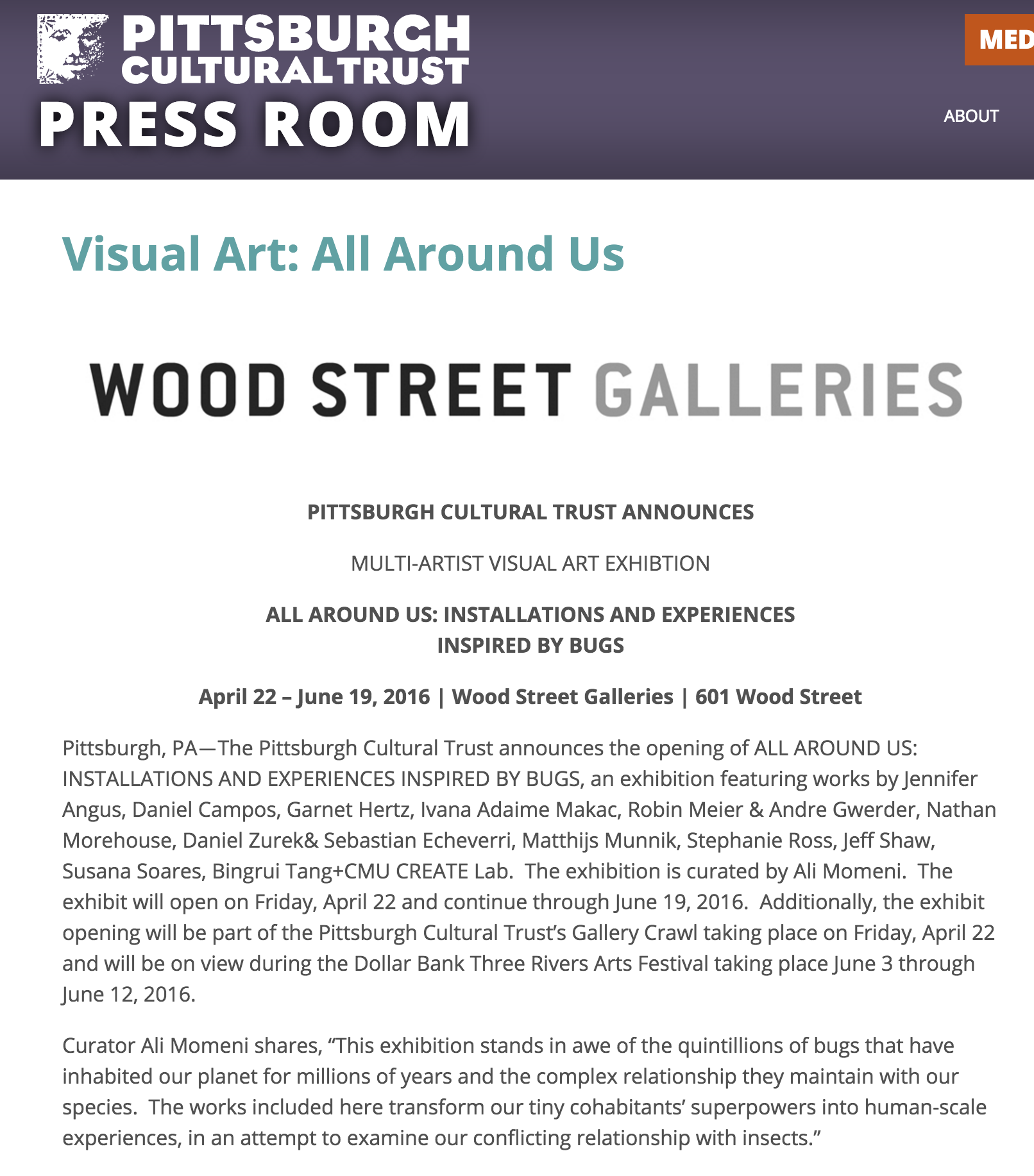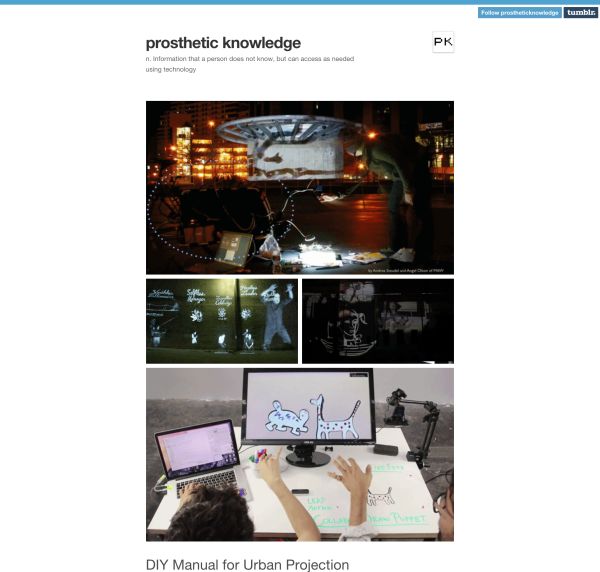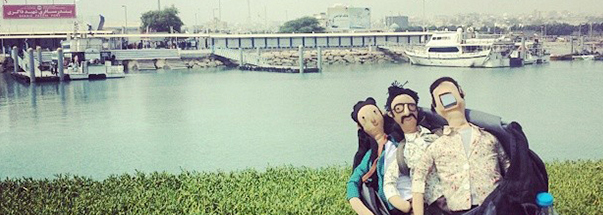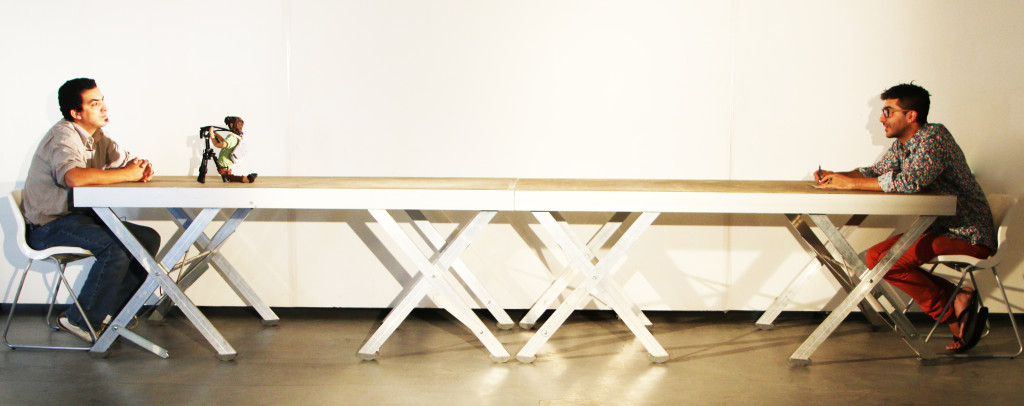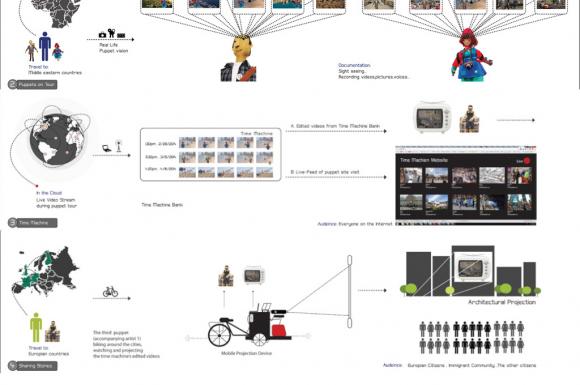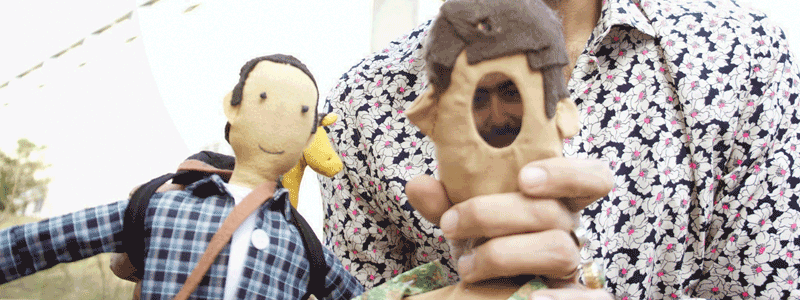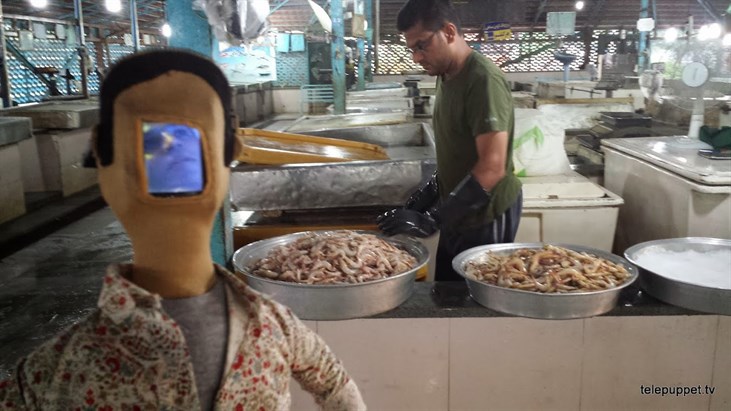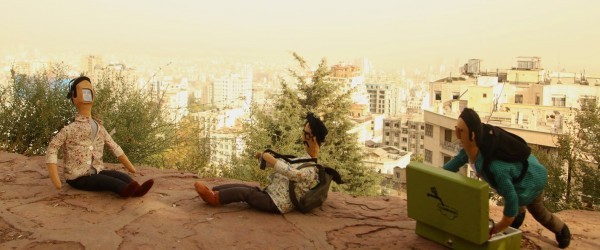Abstract
This paper describes the design and fabrication of MOD (Mobile Object for Drawing)–a portable instrument for combining analog and digital drawing. MOD is intended for live performance and content creation efforts that mix common analog drawing interfaces (i.e. paper, transparency, pencil, marker) with digital cameras (webcams, scientific imaging cameras, digital magnifiers and microscopes), custom software (for keying, thresholding, looping, layer) and digital projectors. The iteration of the instrument described here combines all of these components into a single portable battery powered pack- age that embeds the computation on a small linux computer, includes a small laser projector, and integrates custom tac- tile controllers. The intended uses of this instrument include experimental performance and rapid content creation; the instrument is intended to be suitable for formal (concert hall, theater) and informal (street performance, busking, parade, protest) settings, classrooms and maker spaces.
Citation
Momani, A., McNamara, D. (2018, March). MOD: A Portable Instrument for Mixing Analog and Digital Drawing for Live Cinema. In Proceedings of the Elevent International Conference on Tangible, Embedded, and Embodied Interaction. ACM. (pdf)

